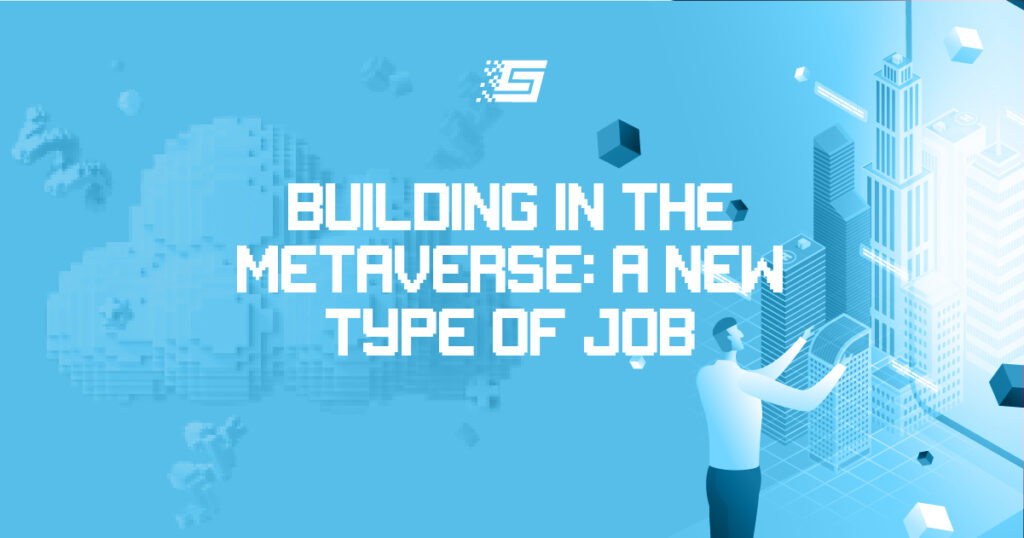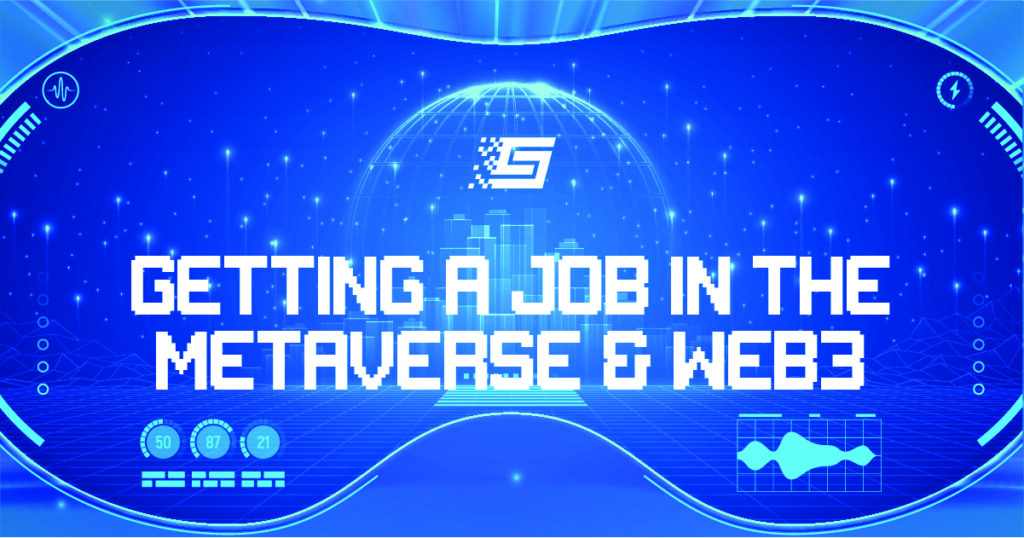Blockchain vs Traditional virtual worlds: Which is the best?
Virtual worlds are online spaces where humans can interact digitally. The worlds are in 3D and are generated using computer software. Also, people can visit them from an electronic device, just as we visit web pages today.
No doubt, virtual worlds compose what experts mean by the metaverse. In some cases, tech experts might refer to the metaverse as a web of interoperable worlds. Regardless of how you define it, the metaverse and virtual worlds that compose it must be persistent. In other words, they must always be there, just as the physical world has always been.
Today, some tech companies have made successful efforts to build virtual worlds that are open and public, like the earth. Some even go further to allow users to build digital structures and experiences just as we do physically.
Another essential aspect of virtual worlds to users relates to virtual assets. Although people are trading and using digital assets with ease today via crypto and NFTs, not all metaverse platforms currently offer them.
Accordingly, there are some questions regarding the model the metaverse will take. These questions concern how the metaverse will operate. A few might include, will tech companies retain ownership of people’s digital assets? How can the metaverse become interoperable? Who will control the metaverse? Giant companies, or its users?
This article discusses those questions and will suggest possible solutions to them. Moreover, the focus is to distinguish between blockchain-based and traditional virtual worlds and the model best for the metaverse.
Which model of virtual worlds is best for asset ownership?
In video gaming, the only incentive players receive is mostly the enjoyment they derive. Even when they buy in-game assets, they cannot sell or transfer them because they do not seem to own them.
This gaming model is gradually becoming unpopular. Why? Blockchain and crypto brought about a more inclusive way of playing video games – playing to earn money. Apart from the rewards and earnings that play-to-earn offers, users own whatever asset they purchase. Such a business model has only been possible by combining blockchain with web 3.0.
In comparison to the real world, blockchain gaming looks more realistic in terms of asset ownership. Just as you have the right to own real properties and sell them, blockchain offers such an opportunity in the metaverse. This opportunity has not been proven to be possible without blockchain. Hence, people can only own and store their digital assets if developers integrate blockchain into the metaverse and the virtual worlds that compose it.
The success of blockchain metaverses also proves that this model could be the future. Currently, The Sandbox and Decentraland are leading the pack, and multiple brands worldwide are making their way to the metaverse through these two worlds.
The blockchain and interoperability
As mentioned earlier, the metaverse is often described as a set of interoperable worlds. Although this description has no certainty, most metaverse builders seem to work towards interoperability. In fact, Mark Zuckerberg mentioned it in Meta’s introductory video of 2021.
Whatever form of inter-operation the metaverse will adopt will require some form of record keeping. Imagine an avatar trying to teleport from Decentraland to Somnium Space. This would mean that the two platforms cooperate because Decentraland’s server must transfer the avatar’s current data to Somnium Space. Data regarding the avatar’s mood (happy or unhappy), skin color, size, and cloth must be transmitted in seconds to ensure seamless teleportation.
From the example above, virtual worlds must constantly store and update their users’ data. The blockchain provides a permanent way to store data and retrieve it seamlessly. Also, it allows smart contracts or even AI to act on such information. Hence, the blockchain can be a viable solution to the seamless inter-operation of virtual worlds.
When humans travel from country to country or across continents, they do not grow or reduce in size or become different persons. Therefore, if virtual worlds adopt blockchain, they can easily share information that helps users transition from one metaverse to another without feeling or becoming different.
User-built virtual worlds and digital assets
In the real world, almost anyone can build real estate, produce tangible goods and monetize them. The monetary value attached to those items represents the time and resources spent making them.
Regarding the metaverse, some physical products like food might not be necessary virtual items or assets. However, virtual lands, digital houses, and garments are vital. So, who should create them? In traditional virtual worlds, developers create in-world items and own them. Whereas in blockchain worlds, users can design, market, and sell digital assets.
If metaverse platforms control virtual assets, this will likely create an artificial scarcity that would give the developers a monopolistic authority. Thus, creating a regime to control and determine the prices of digital goods.
It also allows those controlling the codes to control the market and the entire metaverse economy. This will be unliberal and lead to high social inequality even in the real world. Moreso, it will be against the goal of the metaverse, which is to be an alternate reality free of forceful control and manipulations.
On the other hand, the creative scarcity of blockchain metaverses may not be problematic because it would suggest an absolute scarcity. The time, resources, and rare skills individual creators expend to create digital assets for the metaverse will hold monetary value.
So, the problem surrounds the model developers use in building the metaverse. If they do not include blockchain in their design, it might lead to a virtual world of artificial scarcity.
However, if all builders utilize blockchain tech, the price of digital items will be subject to demand and supply, creating real value and providing jobs. In addition, the metaverse will be a world built to the taste of those who use it, by people using it.


